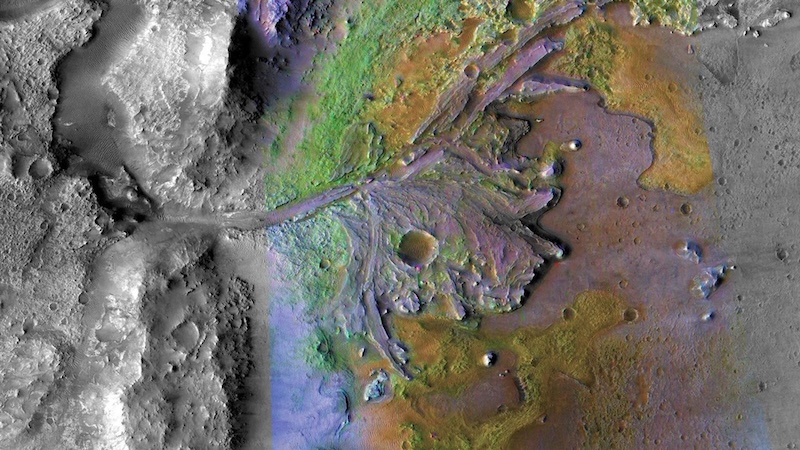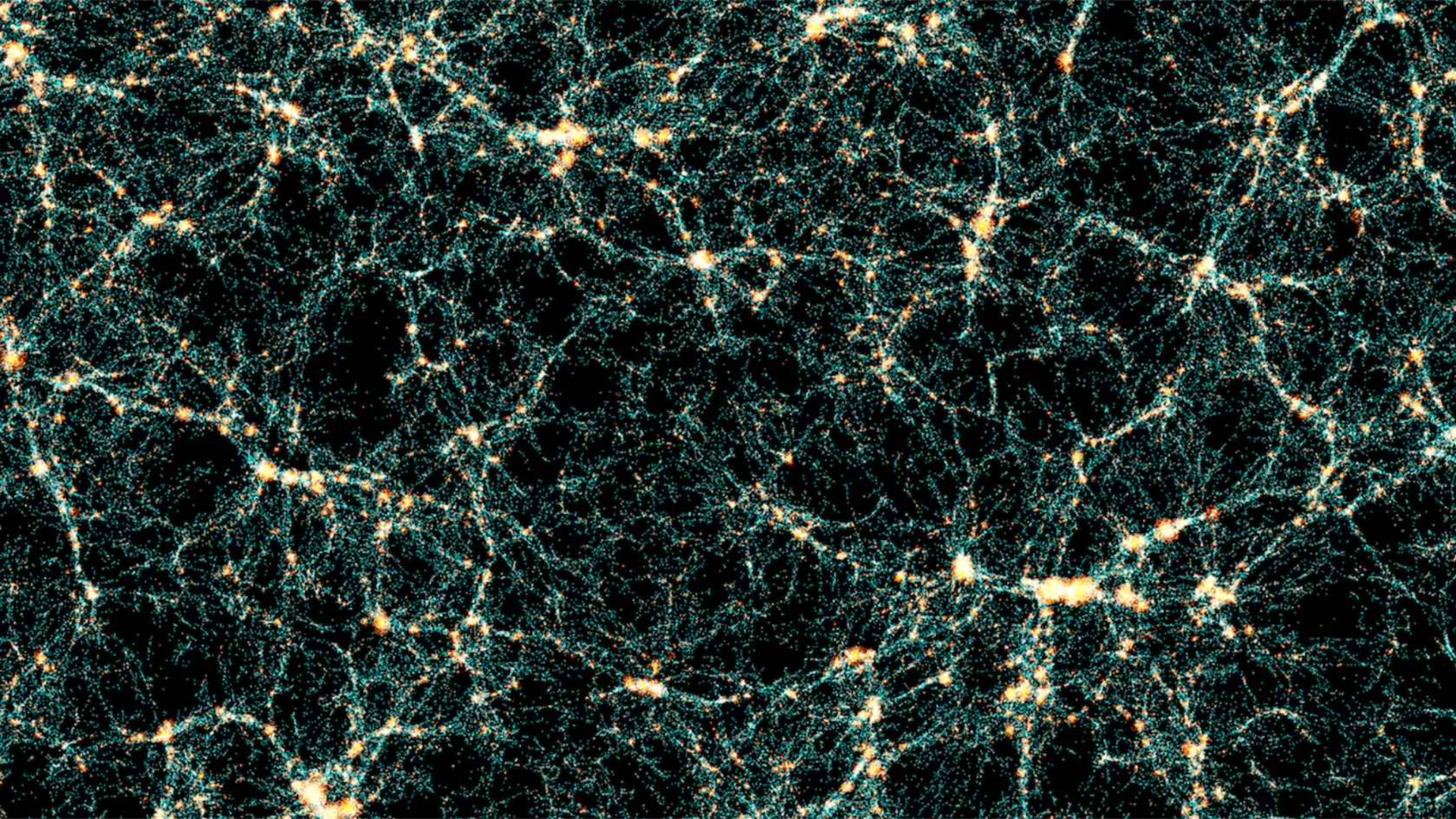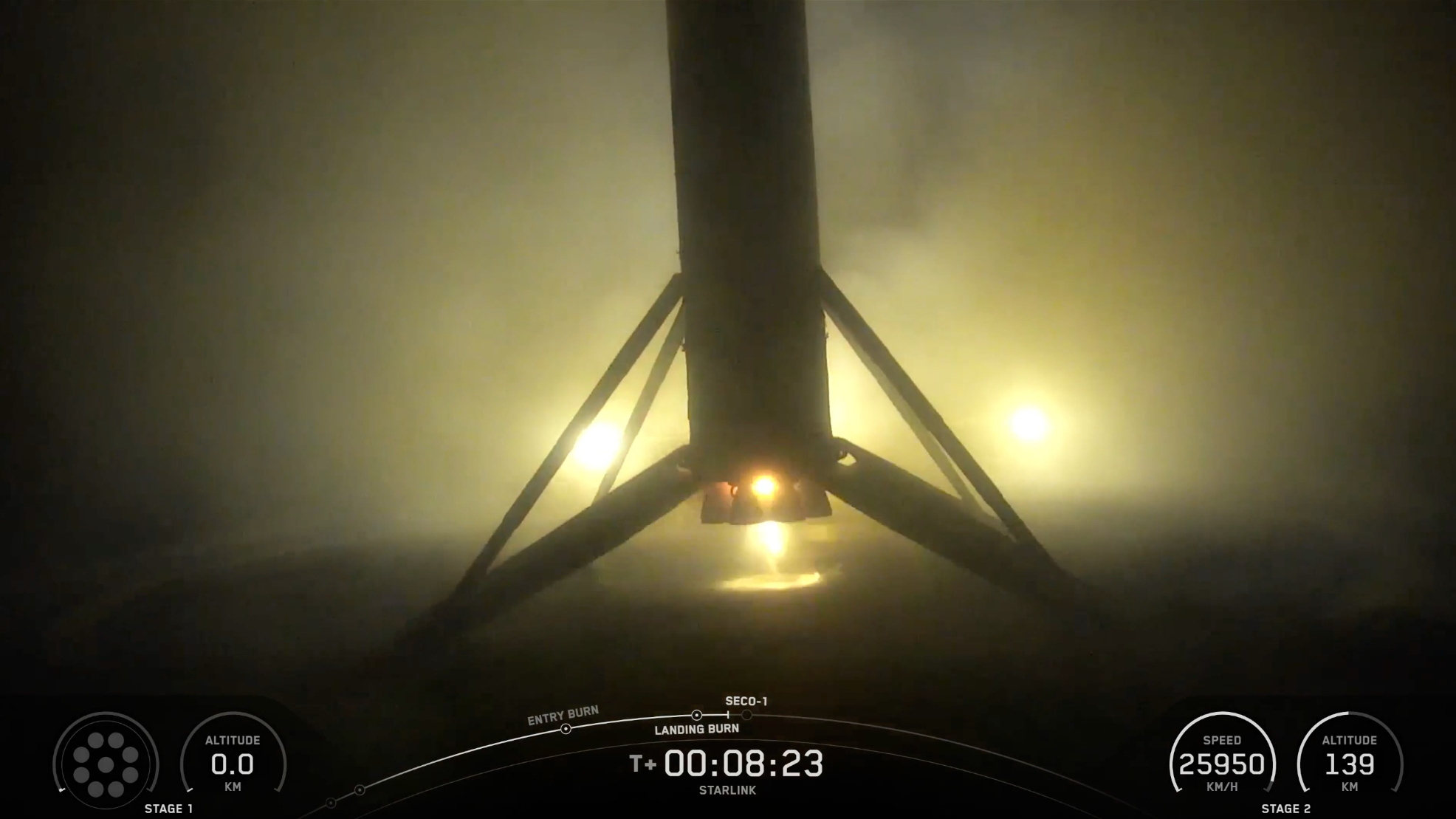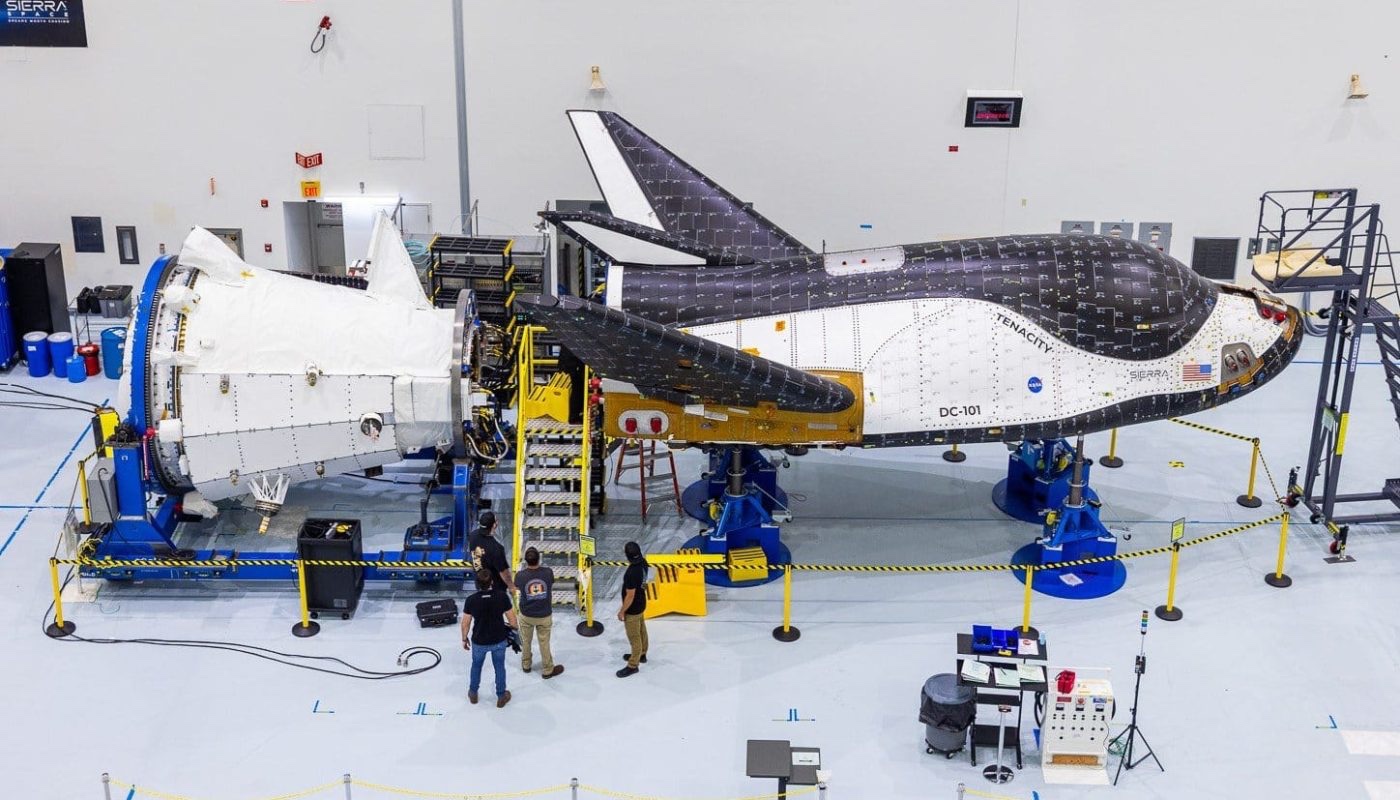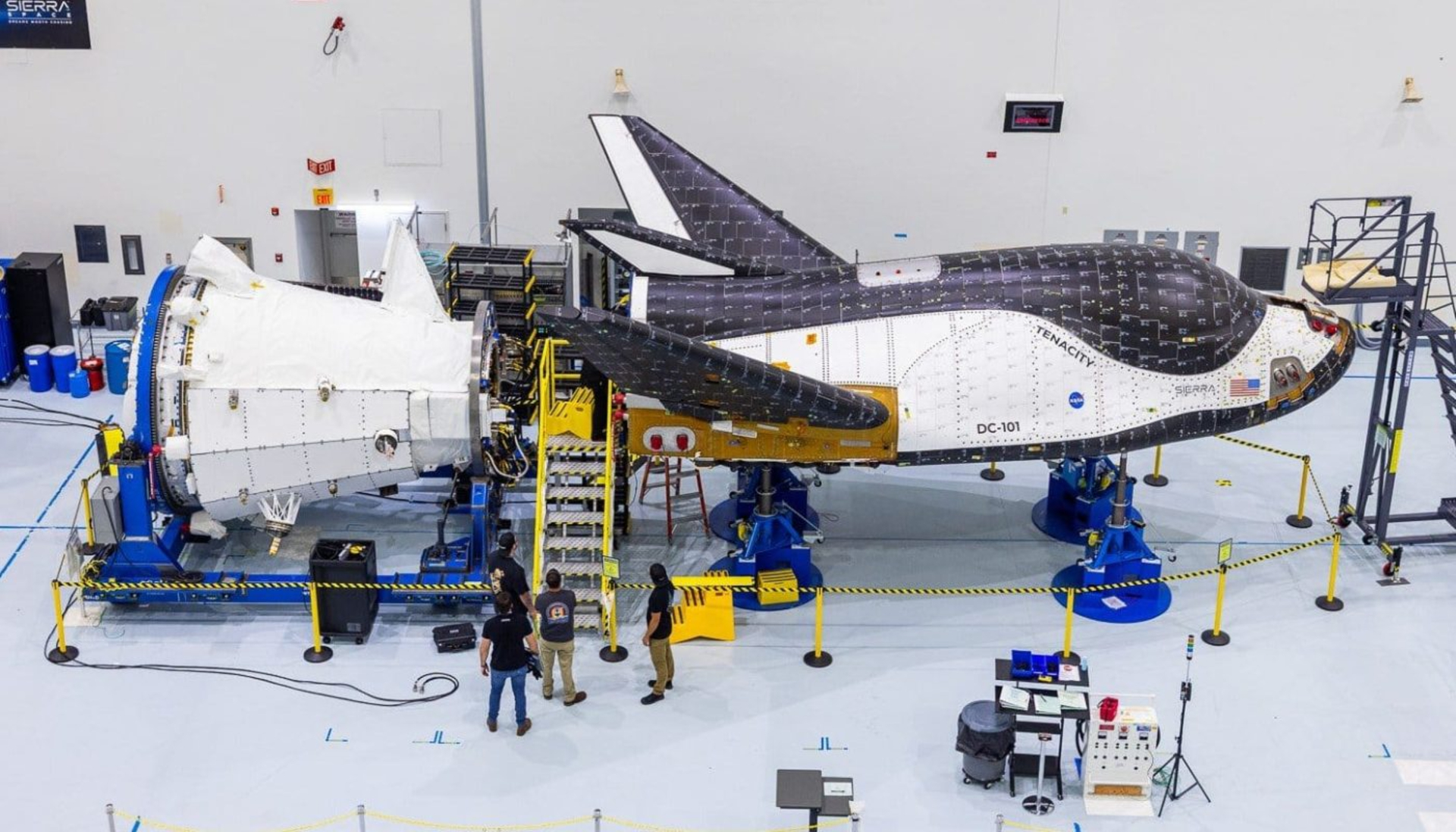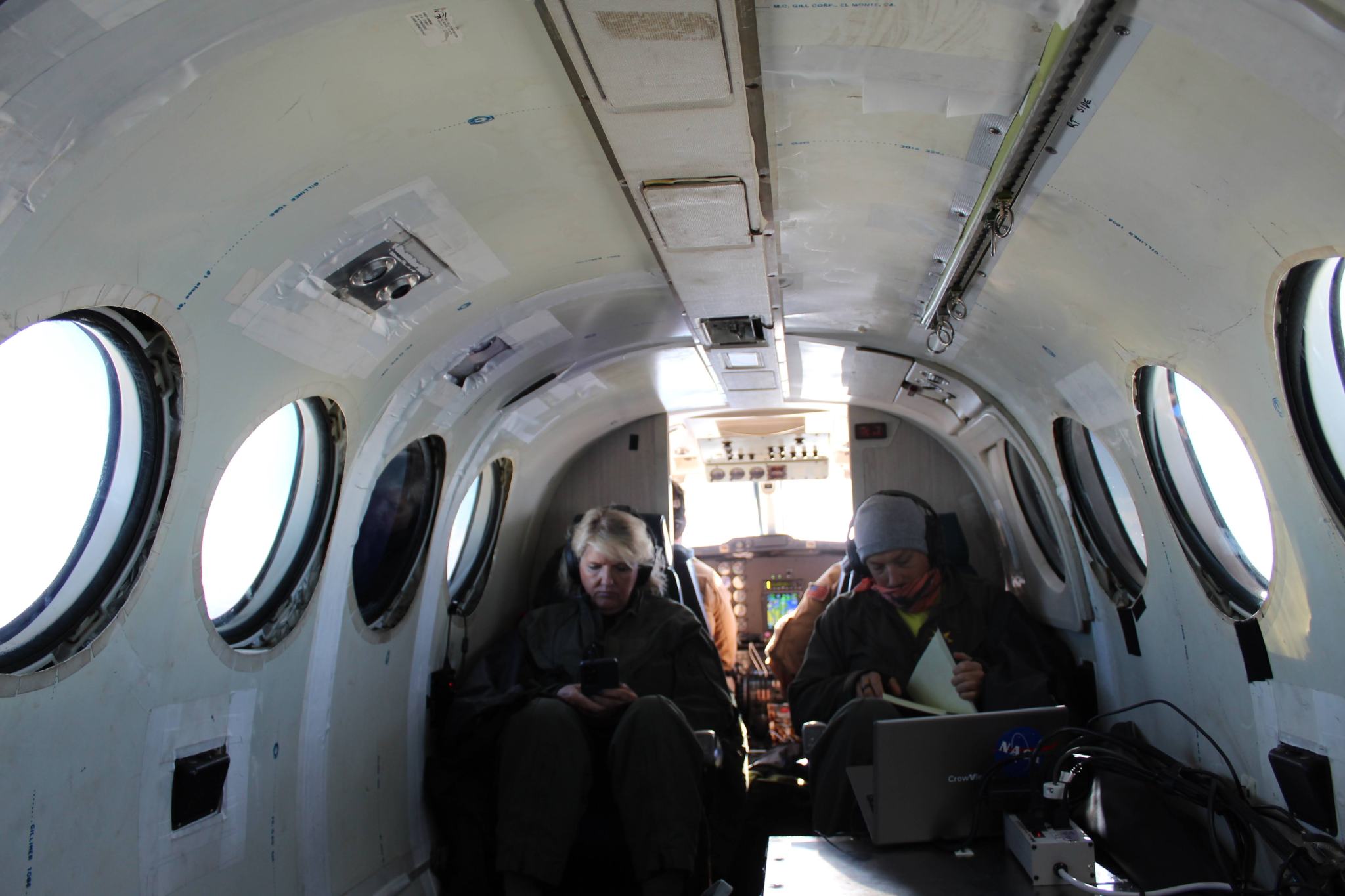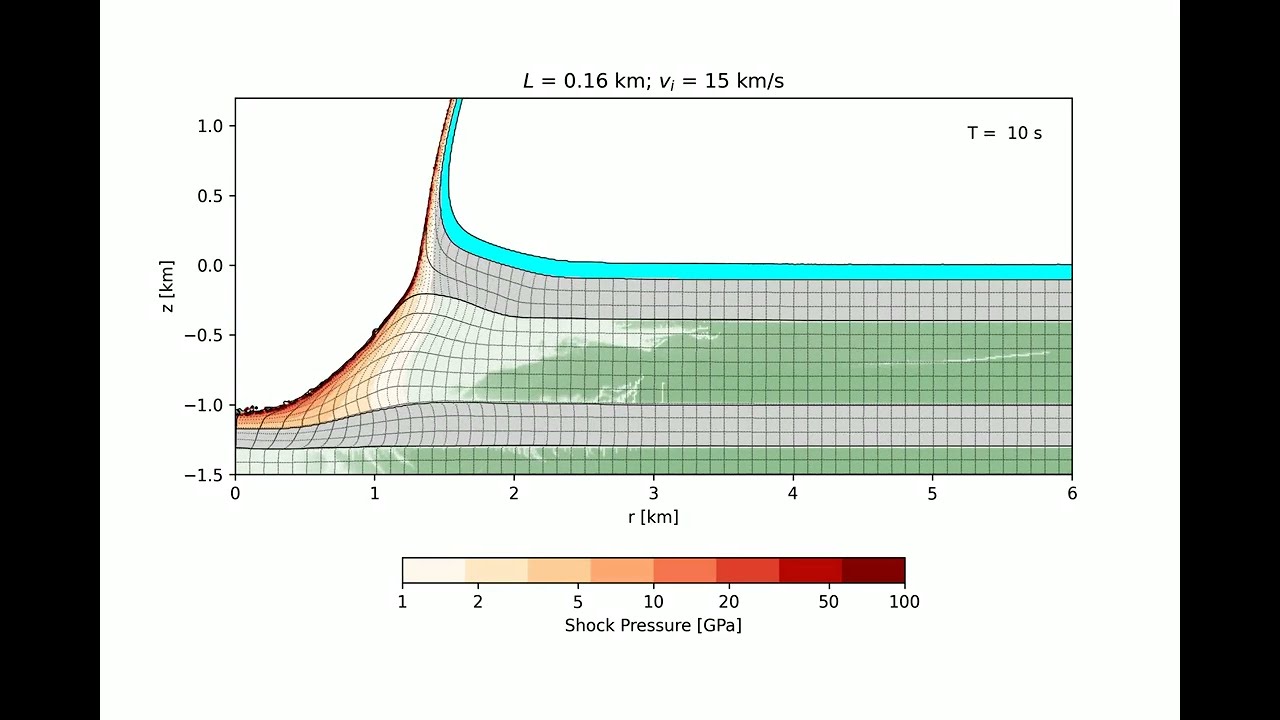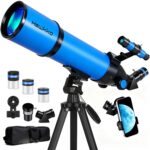View larger. | Enhanced color image from Mars Reconnaissance Orbiter showing part of Jezero crater. In the middle of this image is an ancient delta formed by a river billions
Are we living in a simulation? Well, the jury’s out on that one. But humans do create simulations all the time. In fact, the Euclid Consortium, the international group managing
Agency 26/09/2025 134 views 1 likes The European Space Agency (ESA) is participating in the 76th International Astronautical Congress (IAC), which will open its doors on Monday 29 September and
The European Space Agency (ESA) is set to take part in the 76th International Astronautical Congress (IAC), which will commence on September 29 and run through October 3 in Sydney,
Part of the icy landscape of the Northeast Greenland National Park is pictured in this image captured by the Copernicus Sentinel-2 mission. Zoom in to explore this image at its full
SpaceX launched two dozen more of its Starlink internet satellites to orbit this morning. A Falcon 9 rocket carrying 24 Starlink craft lifted off from Vandenberg Space Force Base on
WASHINGTON — Sierra Space and NASA have sharply revised a contract to use the company’s Dream Chaser vehicle to deliver cargo to the International Space Station as the company pivots
The International Space Station (ISS) may never again be visited by a space plane. NASA’s space shuttle orbiters were instrumental in building the ISS, and in keeping it operational for
4 min read Preparations for Next Moonwalk Simulations Underway (and Underwater) Recent airborne science flights to Greenland are improving NASA’s understanding of space weather by measuring radiation exposure to air
After two decades of debate, researchers say they finally have definitive proof that the Silverpit Crater, a buried structure in the North Sea, was created by an asteroid strike more
-
 012024 in Review: Highlights from NASA in Silicon Valley
012024 in Review: Highlights from NASA in Silicon Valley -
 02Panasonic Leica Summilux DG 15mm f/1.7 ASPH review
02Panasonic Leica Summilux DG 15mm f/1.7 ASPH review -
 03How New NASA, India Earth Satellite NISAR Will See Earth
03How New NASA, India Earth Satellite NISAR Will See Earth -
 04And Thus Begins A New Year For Life On Earth
04And Thus Begins A New Year For Life On Earth -
 05Astronomy Activation Ambassadors: A New Era
05Astronomy Activation Ambassadors: A New Era -
06SpaceX launch surge helps set new global launch record in 2024
-
 07Space Force plans new ‘Futures Command’ amid pressure to speed up modernization
07Space Force plans new ‘Futures Command’ amid pressure to speed up modernization


